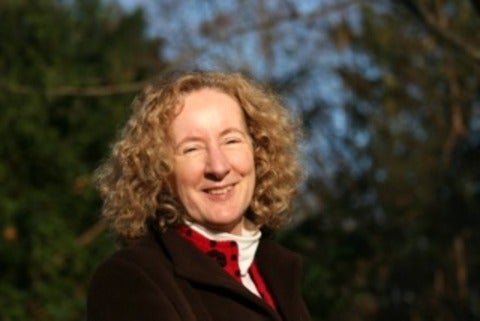Roland: Quantum algorithms based on quantum walks
Jérémie Roland - Université Libre de Bruxelles
In this talk, we will give a survey of quantum algorithms based on quantum walks, focusing in particular on search algorithms. The father of almost all quantum search algorithms is Grover's algorithm, which can be seen as a quantum walk on the complete graph. Later on, variations of Grover's algorithm have been proposed for searching on other graphs, such as the grid or the hypercube.
